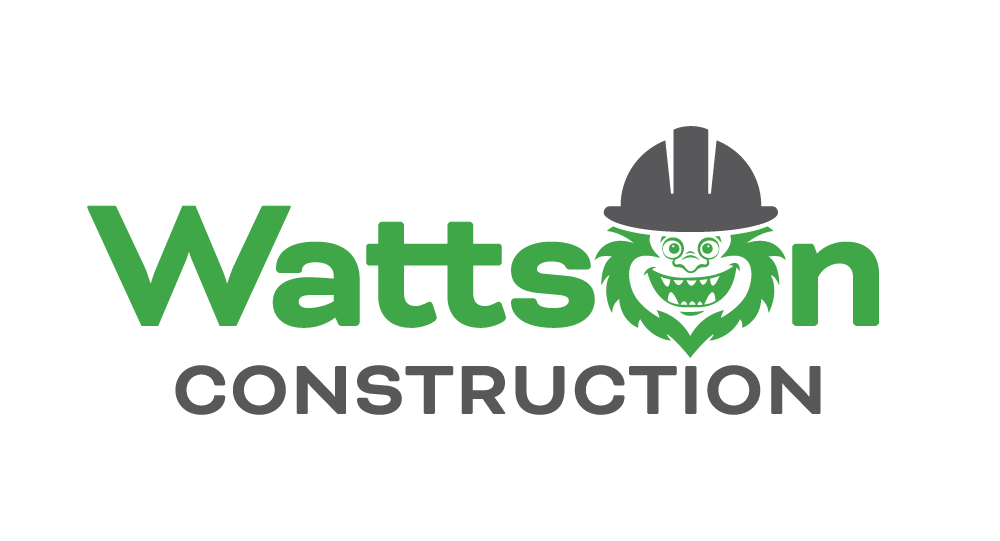There is a lot of debate over whether or not insulation can make you sick. Some say it is toxic and can cause all sorts of health problems, while others claim it is perfectly safe. One thing that is for sure, though, is that wet insulation can be dangerous. If it gets into your lungs, it can cause serious health problems. There are certain dangers of wet, old, or improperly installed insulation, and we’re here to provide some tips for safely handling it.
Can You Get Sick From Inhaling Insulation?
Inhaling the fibers from insulation materials can cause several health hazards, ranging from minor irritation to more serious respiratory illnesses. The most common symptoms include coughing, wheezing, and difficulty breathing. Inhaling large quantities of insulation fibers, including fiberglass particles or the chemical off-gassing of spray foam insulation, can also lead to lung inflammation and scarring. In severe cases, it can even be fatal.
If you suspect you have inhaled insulation fibers, you must see a doctor as soon as possible. Early diagnosis and treatment can help to minimize the risk of long-term health problems.
Is Insulation Hazardous to Your Health?
It depends on the type of insulation you’re using. Some types, like fiberglass insulation, have skin irritants and can cause respiratory problems if not installed correctly. Others, like spray foam, can release harmful chemicals into the air if the installation process is not followed correctly. That’s why it is recommended to wear protective gear when handling or installing insulating material. That said, insulation is perfectly safe for most people when installed correctly. So if you’re concerned about your health, be sure to ask our team about the best type of insulation products for your home.
Is Attic Insulation Toxic?
Insulation is generally a safe and effective way to keep your home comfortable and improve energy efficiency. However, there is some concern over the safety of improperly installed attic insulation, which is often made from fiberglass or other synthetic materials. Some studies have shown that these materials can release harmful particles into the air, causing respiratory problems and other health risks. Poor attic insulation or old insulation can be a fire hazard if not installed properly and potentially be a breeding ground for mold growth.
Overall, attic insulation materials are not toxic and do not pose serious health risks to homeowners if installed correctly. You can see many benefits from installing attic insulation, including lowered energy costs and improved indoor air quality. Homeowners should proceed cautiously and always consult a professional to avoid improperly installed attic insulation.
Can Attic Dust Make You Sick?
Attic dust can contain various harmful toxins and pollutants. These can include everything from lead and asbestos fibers to mold spores and bacteria. Inhaling these particles can cause various health problems, including respiratory issues, allergy symptoms, and skin irritation if you come in direct contact. If you have attic dust, cleaning it up as soon as possible is important to protect your health.
Can Wet Insulation Make You Sick?
Wet insulation is not only ineffective, but it can also be dangerous and pose a health risk. When insulation gets wet, it can start to grow mold. Mold spores are tiny particles that float through the air and can be inhaled. Inhaling mold spores can cause a range of health problems, including allergies, asthma, and respiratory infections. Wet insulation can promote the growth of bacteria and dust mites, posing potential hazards to your family’s health.
If you suspect that your insulation is wet, it’s important to have it checked by a professional. In the meantime, open the windows and ventilate the affected area to reduce the risk of exposure to mold.
Safest Type of Insulation Material
Several different insulating materials are used for insulation, and each has its own advantages and disadvantages when it comes to safety.
- Fiberglass insulation, for example, is an inexpensive and widely available option. Fiberglass usually comes in batts or rolls, which make them perfect for wall cavities and attics. It can be irritable to the skin and difficult to work with if you don’t know what you’re doing.
- Cellulose, on the other hand, is made from recycled paper products and is environmentally friendly. Still, it is also flammable unless treated with a specific solution to ensure it won’t catch fire. Cellulose can come in a loose fill form which can be difficult to install and works best in attics and crawl spaces. Cellulose is fairly safe overall.
- Regarding safety, the best insulation material is spray foam. Spray foam insulation is made from various synthetic materials, including polystyrene and polyurethane. It is non-irritating and non-flammable after it has been cured. Foam insulation provides excellent thermal resistance, making it an ideal choice for homes and businesses. When considering spray foam insulation, it is not simple to install and has an off-gassing effect during the curing process, which can be dangerous without the correct protective equipment. It’s essential to have a professional install spray foam insulation products.
Most insulation material is safe. Improper installation is when you may run into safety concerns. It’s always best to consult a professional before installing new insulation or replacing your home’s insulation.
Tips for Properly Handling Insulation
Given their wide range of applications and benefits, it’s no wonder that insulation is one of the most popular construction materials on the market. But while insulation is safe for your home, it can contain harmful chemicals, so it’s essential to handle it properly to ensure its effectiveness and your safety.
Here are a few tips for properly handling insulation:
- Wear the right protective equipment and clothing when handling insulation, as the material can irritate the skin. Wear long sleeves, pants, gloves, goggles, and a mask.
- When cutting insulation, use a sharp knife or pair of scissors. This will help prevent accidental tearing or damage to the material.
- Ensure you work in a well-ventilated area or have a fan to keep the air circulating.
- Ensure that all insulation seams and openings are properly sealed before installation. This will help prevent heat loss, poor air quality, and drafts.
Leave Handling Insulation to the Professionals
Most people are aware of the importance of insulation in their homes. It helps to keep the inside temperature consistent and prevents energy from escaping, which can lower your energy bills. However, many people don’t realize there is a right and a wrong way to install insulation. If it isn’t installed correctly, it can cause more harm than good. That’s why it’s essential to leave the installation to the professionals.
Energy Monster has the equipment and skills necessary to ensure that your insulation is installed correctly. We’ll ensure that it’s the right type for your home and installed in the most efficient way possible. Contact us today to schedule an appointment. You’ll be glad you did.

